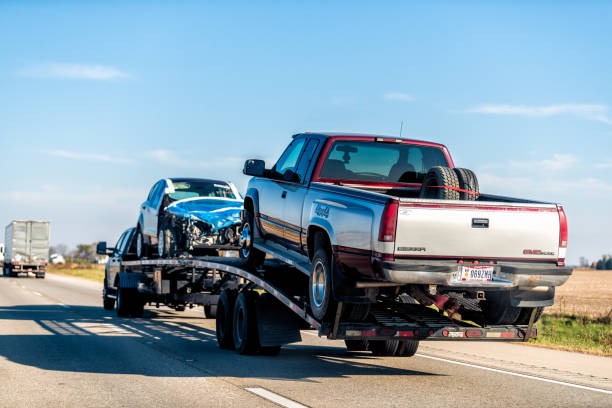After a truck accident in Columbus, Ohio, your safety is the first priority. Get to a safe location away from traffic. Check yourself and others for injuries. Call 911, even if injuries seem minor. Emergency services can provide immediate help. While waiting, gather information. Take pictures of the scene, noting vehicle positions and road conditions. Exchange contact and insurance details with the other driver. Avoid discussing fault. Instead, focus on documenting facts. If there are witnesses, collect their contact information. Contacting a Columbus tractor-trailer accident attorney quickly can guide you through the next steps. They can help protect your legal rights and manage any claims. Accidents can be overwhelming, but calm actions can make a difference. Remember not to post on social media about the accident. This can affect potential claims. Stay focused and prioritize safety and documentation to handle the situation effectively.
Steps to Take After Ensuring Safety
Once you ensure everyone’s safety, focus on collecting vital details. Jot down the truck’s license plate number and company details if visible. This information can be crucial later. If law enforcement arrives, note the officers’ names and badge numbers. They can provide a police report, which serves as an official accident record. This is important for insurance purposes and any legal steps you might need to take.
Understanding Your Legal Rights
Being aware of your legal rights is key after an accident. You have the right to refuse signing any documents from insurance companies immediately after the incident. Insurance companies may pressure you into quick settlements that might not cover all damages. Speaking to a legal expert, such as a State of Ohio consumer protection office, can provide clarity. They offer guidance on navigating claims and understanding your entitlements.
Why Documentation Matters
Proper documentation impacts the outcome of claims and legal processes. Take detailed notes of conversations and observations about the crash. Write down the time, date, and weather conditions. This helps in creating a clear narrative if disputes arise. Keeping a file of all medical treatments received post-accident is also crucial. These records demonstrate the accident’s impact on your health, which can influence compensation.
Handling Insurance Claims
After a truck accident, you must inform your insurance company promptly. Discuss the accident facts without admitting fault. Your provider will guide the claims process from their side. Understanding Ohio’s insurance requirements can help you navigate this step. For further insights, refer to the Ohio Department of Insurance website. They provide resources on insurance rights and responsibilities.
Medical Attention and Follow-Up
Even if you feel fine, seek medical attention after an accident. Some injuries aren’t immediately apparent. A healthcare provider can assess any hidden injuries and offer necessary care. Following up on medical advice is essential for your health and any legal claims. Track all medical visits and recommended treatments. This information supports any claims about injury severity and recovery.
Comparing Damage Costs: Truck vs. Car Accidents
| Aspect | Truck Accident | Car Accident |
| Average Damage Costs | $70,000+ | $4,000 – $10,000 |
| Injury Likelihood | High | Moderate |
| Legal Complexity | Complex | Moderate |
Emotional Impact and Support
Accidents can leave lasting emotional impacts. It’s normal to feel upset, anxious, or stressed after such an event. Seeking support from a counselor or therapist can help process these feelings. Consider joining support groups. Sharing experiences with others in similar situations can provide comfort and practical advice.
Conclusion
While truck accidents are traumatic, knowing the next steps can ease the process. Focus on safety, documentation, and understanding your rights. Being prepared helps you manage the aftermath more effectively. Don’t hesitate to seek legal and emotional support. These resources can help you through recovery, both physically and emotionally. Prioritize safety, and take each step methodically to ensure the best outcome for all involved.



